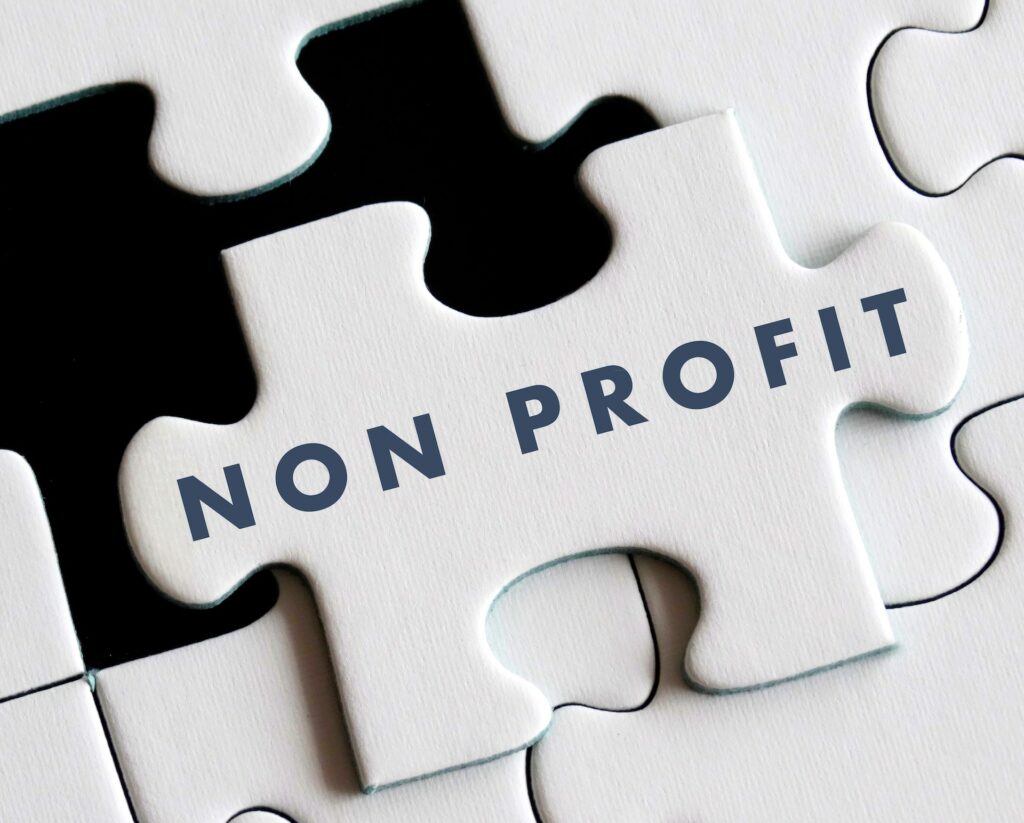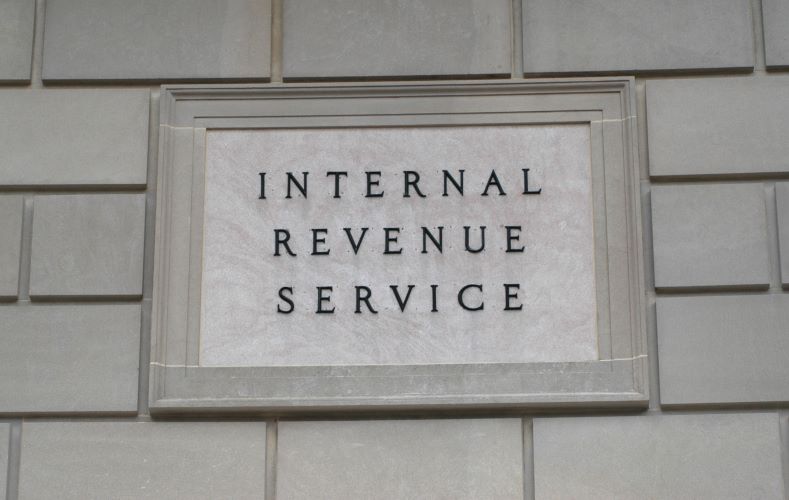Since late December 2020, when the Consolidated Appropriation Act, 2021 passed, Chicago businesses and nonprofits have been exploring the available relief opportunities. There are extended tax incentives, expanded Employee Retention Tax Credit, and the relaunch of Economic Injury Disaster Loan (EIDL) advances, even though it is Paycheck Protection Program (PPP) which has received the most attention. There are now two PPP programs—PPP1 for first draw borrowers and PPP2 for second draw borrowers. The Small Business Administration (SBA) recently released loan calculation guidance for both PPP1 and PPP2 nonprofit applicants. To help clients, prospects and others, Selden Fox has provided a summary of the calculation guidance for both loan types below.
PPP1
Tax-exempt organizations should use the following calculation to determine the maximum loan amount that can be borrowed. First time applicants can calculate the maximum loan amount using information from either 2019 or 2020. The information below uses 2019 for illustration purposes.
- Determine total 2019 payroll costs by identifying the total amount of gross tips and wages paid up to $100,000 per employee. This can be determined by adding taxable Medicare wages and tips from each quarter, pre-tax employee contributions for health insurance and other fringe benefits excluded from wages and tips, employer retirement and insurance contributions and employer taxes assessed on employee compensation.
- Determine the average monthly payroll cost by dividing the total from step 1 by 12 (the total number of months in a year).
- Multiply the average monthly payroll cost by 2.5.
- Add the outstanding amounts of any EIDL made between January 31, 2020, and April 2, 2020, that will be refinanced. Also, do not include any amount received from an EIDL advance because repayment is not required.
Documentation
At the time of application, an organization must include the 2019 Form 941, state quarterly wage unemployment insurance tax reporting from each quarter, Form 990 Part IX, or other documentation of any retirement plan, group health, life, disability, vision, and dental insurance contributions. Finally, a payroll statement from the pay period which covers February 15, 2020, to establish the organization was in operation and had employees on that date.
PPP2
Tax exempt organizations that were in operation for one full year preceding February 15, 2020, should use the following calculation to determine the maximum second draw amount which can be borrowed.
- Compute total payroll costs from the date when first in operation either in 2019 or 2020 through the end of calendar year 2020. Add the following:
- Gross wages paid to employees, capped at $100,000, which includes Medicare wages and tips, and any pre-tax employee contributions to health insurance excluded from Medicare wages.
- Employer contributions to insurance such as health, life, vision, dental and any retirement plan contributions.
- State and local taxes on employee compensation including state unemployment insurance tax.
- Calculate the average monthly payroll costs by dividing total payroll costs by the number of months in operation from 2019 through the end of 2020.
- Then multiply the average monthly payroll costs by 2.5 unless the organization is involved in the accommodation or food service sector. For these applicants, average monthly payroll costs should be multiplied by 3.5.
Documentation
When applying, organizations must include copies of IRS Form 941s and state quarterly wage unemployment insurance tax reporting form for each quarter in operation. In addition, documentation of any retirement, group health, life, disability, vision, and dental insurance contributions must be provided. Finally, a payroll statement covering the period of February 15, 2020 is needed to prove the organization was in business on that date.
It should be noted that if the PPP2 applicant returns to the same lender that processed the applicant’s PPP1 loan, this payroll information is not required to be submitted a second time, as long as the applicant is requesting a PPP2 loan in the same amount as the PPP1 loan it received.
Additionally, organizations will be required to document that they had a decrease of 25% in gross receipts for any given quarter in 2020, as compared to the same quarter in 2019. This documentation can be provided in the form of quarterly internal financial statements or bank statements showing the deposits for each quarter. In either case, these statements may need to be annotated to identify and total the items that constitute gross receipts to show the decrease. In the event that an organization’s calendar year 2020 tax returns compared to 2019 tax returns show a decrease of 25% in gross receipts, no quarterly data would need to be submitted as the annual returns showing the decrease infers that at least one quarter experienced a qualifying decrease.
Contact Us
The PPP1 and PPP2 provide opportunities for Chicago nonprofit organizations to access needed funding to manage through this persistent pandemic. Since the qualification criteria have changed and the application calculations are complex, it is important to work with a qualified advisor to guide you through the process. If you have questions about loan application or need assistance with another nonprofit tax or audit need, Selden Fox can help. For additional information call us at 630.954.1400 or click here to contact us. We look forward to speaking with you soon.






